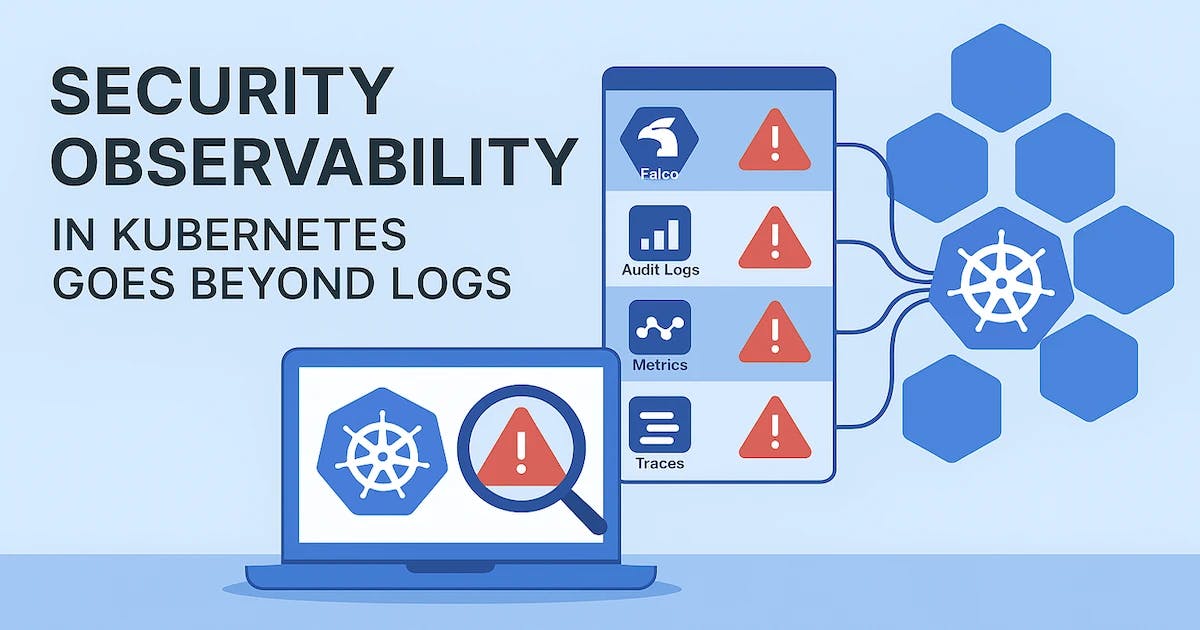The overlooked communication skill that decides whether or not AI performs at scale.
Prompt engineering is both creative and precise. Good prompts come from clear intent, structured testing, and constant refinement through an organized engineering and testing process.
Early work with large language models depended on trial and error. Today, prompting has evolved into a professional skill.
Prompting now requires the same structured thinking you’d use to design any system. You need to understand how models interpret language and how to express intent in a way they can follow.
Strong prompt engineers think in steps, measure results, track changes, A/B test, and improve over time. The more precise the instruction, the more consistent the outcome.
I’ve spent over 15 years building AI and machine learning systems for startups and global enterprises. My work began at Microsoft, where I focused on large-scale recommendation systems and search algorithms to serve hundreds of millions of customers at scale
In this blog, I’ll share the practical methods I use to design, test, and refine prompts that consistently deliver accurate and useful outputs.
Core Techniques for Better Results
The fundamentals of effective prompting apply across industries. These techniques provide control, accuracy, and repeatability.
Role Assignment. Define the model’s role clearly, such as strategist, researcher, or analyst, with clear characteristics. Context shapes focus and improves accuracy.
Constraints. Set boundaries for tone, format, and length. Clear limits reduce ambiguity and guide responses.
Delimiters and Structure. Break tasks into defined steps or sections. This improves the model’s logic and helps it handle complex instructions.
Few-Shot Examples. Include sample outputs that demonstrate what good performance looks like. Examples teach tone and precision faster than written explanation.
They also show the format in which you would like the output to adhere, which is very important as LLMs can play “jazz” more often than not and deliver responses in formats you would not expect.
Each of these methods supports consistency and efficiency. Together, they create a foundation for reliable, repeatable AI results.
Advanced Strategies for Complex Work
Once the basics are in place, advanced prompting techniques help the model reason and perform more effectively.
Chain of Thought Prompting. Encourage the model to outline its reasoning process step by step. This approach improves accuracy and transparency and provides a lens into how the response was put together, a key necessity for auditability and long-term maintainability.
Tree of Thought Prompting. Ask the model to explore several reasoning paths before selecting the best one. This strengthens analysis and creativity simultaneously, an often overlooked method to ensure that responses cover their bases and iterate through multiple perspectives before the LLM lands on what it believes to be the best.
Prompt Chaining. Link prompts together so that each output becomes input for the next step. This structure is useful for multi-stage tasks and processes that require strict adherence plus compliance checks at each step before moving on to the next
Data-Driven Prompting. Include factual data or contextual details to ground the model’s reasoning. This reduces error and strengthens credibility.
Meta Prompting. When performance stalls, you can use tools like NotebookLM, which uses the latest Google Gemini models to review all prompts together and refine the prompt itself.
NotebookLM and other project-based LLM tools that allow for multiple files to be uploaded and reviewed can often identify structural or phrasing improvements.
These methods move prompting beyond surface-level interaction. They help create reasoning frameworks that scale to complex challenges.
Coupled with a regular, iterative auditing process, perhaps even using GitHub for change tracking, these strategies turn the “black box” of prompting from magic into something more organized and predictable, with better, more accurate outputs from LLMs.
Avoiding Common Pitfalls
Prompt engineering works best when it focuses on clarity and oversight.
LLMs simulate reasoning by pattern-matching in data. They require review and context to ensure accuracy.
Strong prompts resemble concise professional briefs. They communicate intent clearly and efficiently. Prompting rewards discipline. The more direct the instruction, the more consistent the output.
With that said, examples or templates in the prompt need not be concise, as context windows are extremely large. Do not hesitate to provide a ten or twenty-page example output of a canonical work product to help guide the LLM as a North Star with key details.
Principles That Endure
The fundamentals of prompt engineering remain constant, even as AI technology evolves. To achieve consistent and scalable AI outcomes, focus on three key principles: clarity, structure, and consistency.
Clarity is essential for generating accurate and actionable results. When prompts are unclear or ambiguous, the AI’s responses will reflect that, potentially leading to wasted effort.
A precise prompt with key examples, no matter how long, is critical for ensuring the AI delivers what is needed.
Remember, LLMs gain clarity via context, and providing more of it, within reason, can help support a more consistent, predictable, and accurate implementation.
Structure is equally important. A well-organized prompt improves the AI’s ability to deliver reliable, relevant outputs. Whether you’re implementing AI in customer service or operational tasks, structured prompts reduce the risk of errors and improve efficiency.
Consistency matters when scaling AI solutions. Keeping prompts clear and structured across the board allows the AI to adapt and perform consistently, even as business needs evolve. It is vital to ensure that the AI remains effective as it scales.
Treat prompt engineering as an ongoing process. Regular refinement ensures that AI systems stay aligned with business goals and continue to evolve with technological advances.
Ensure that your teams have a process and system in place to regularly QA test and iterate, plus audit prompts with a detailed change log. Without it, you may easily regress or reintroduce past LLM foibles into production.
Final Perspective
Prompting is at the heart of how humans collaborate with AI. Well-crafted prompts guide AI to achieve business objectives efficiently, turning AI into a valuable tool rather than just a quick solution.
Effective AI use starts with a clear understanding of the desired outcome. Define key goals and nuances, and share your key perspective on the task upfront to ensure the AI aligns with business needs. Remember, LLMs are pattern-matching engines across a vast web of human knowledge.
Think of it as guiding a precocious student towards an appropriate area of the library so they can look in the right place. Your perspective and professional opinion ground this and ensure the LLM constantly searches in the correct space.
Testing the AI regularly is essential. By evaluating its performance, you can identify areas for improvement and make adjustments to improve outcomes. This process ensures that the AI remains reliable and effective over time.
AI implementations, from the most sophisticated to simple prompting, must be refined continuously. As business priorities shift, so should the prompts.
Ongoing refinement guarantees that the AI continues to meet evolving needs and delivers real, sustained value.
Without it, your outputs will drift, miss expectations, and even embarrass your team.












